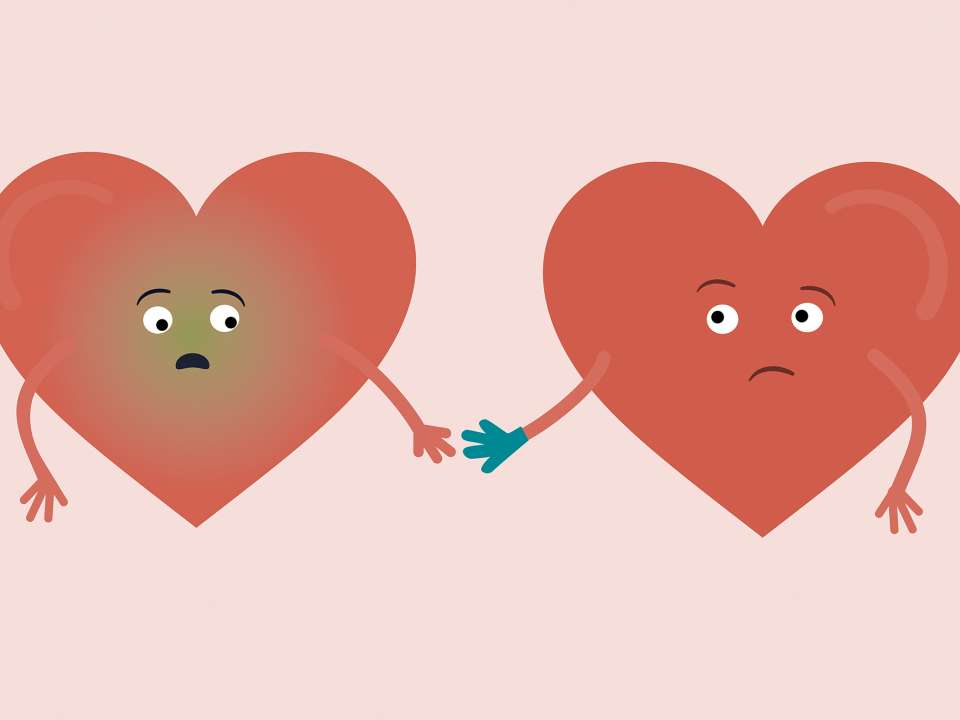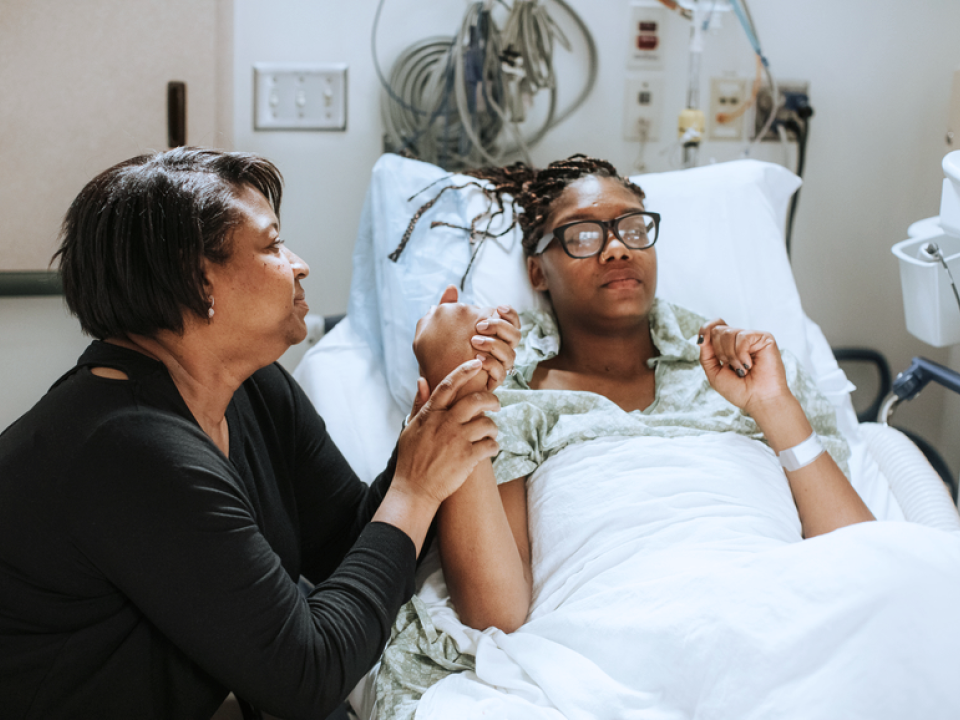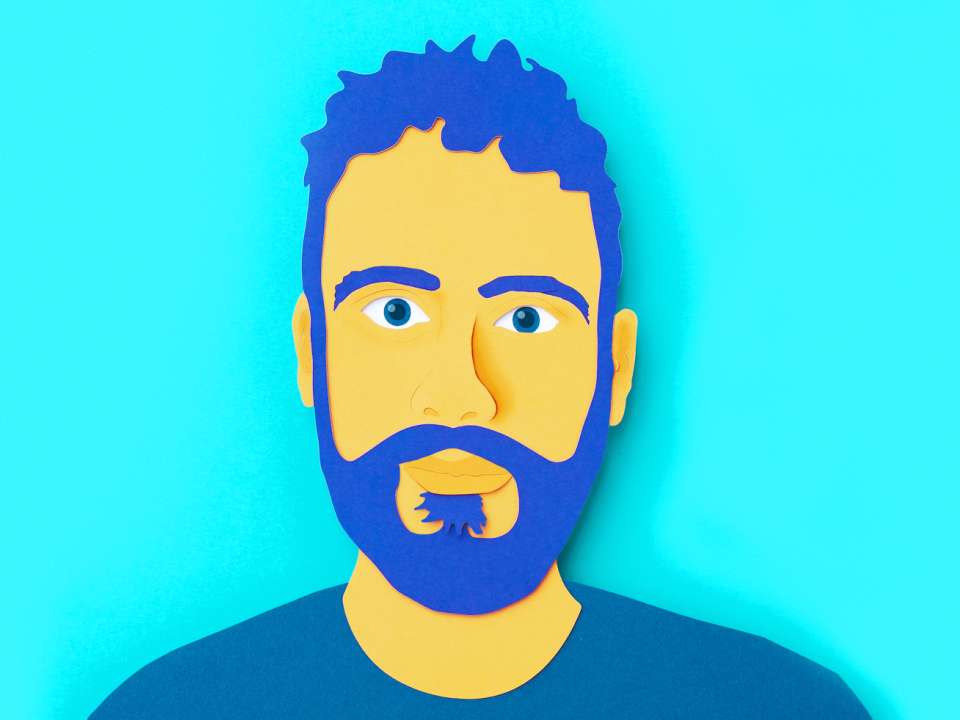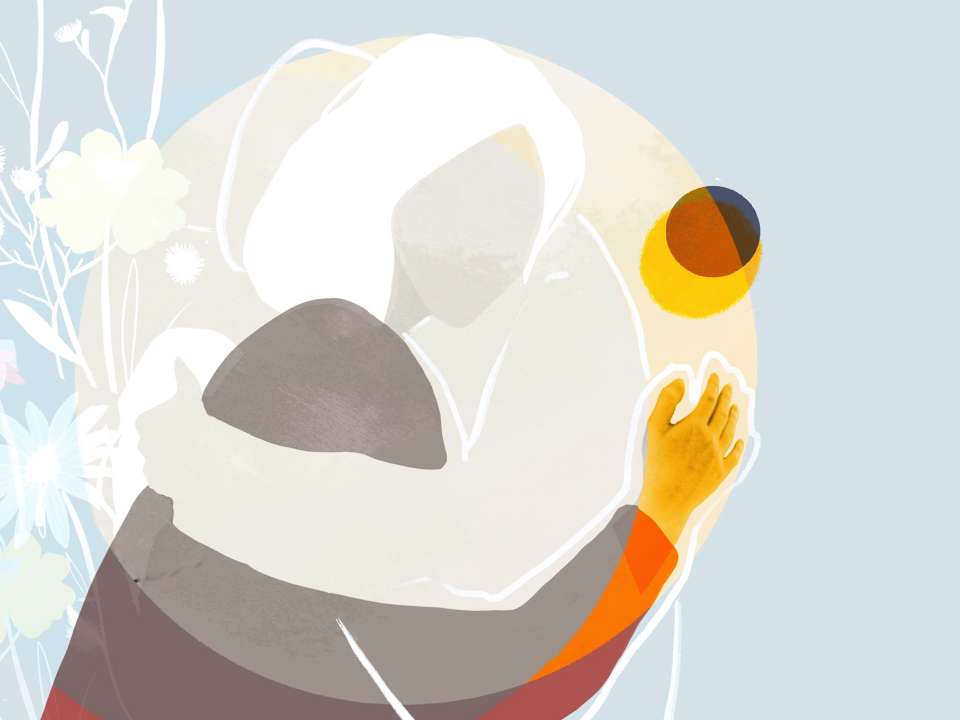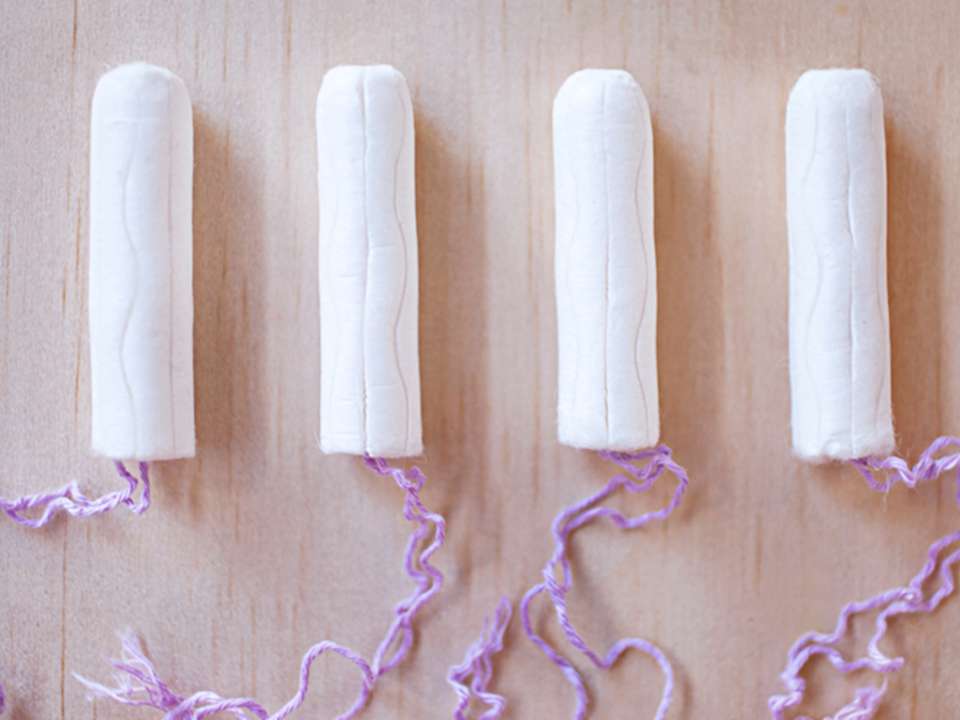
That steaming cup of tea or sizzling slice of pizza was too tantalizing to resist — until it scalded your lips, burned your tongue and left you feeling some red-hot regret.
Luckily, most burns from food and beverage, while uncomfortable, are relatively minor, says Dr. Sam Mandell, a surgeon who sees patients at The UW Medicine Regional Burn Center at Harborview Medical Center.
The good news is most tongue and mouth burns will heal in roughly a week. The even better news? We have ways for you to find relief in the meantime.
How hot is too hot?
“When it comes to burns from hot food and beverages, prevention is the best safety practice,” Mandell says.
While the exact temperature can vary from person to person, in general, anything over 110 degrees Fahrenheit can cause a superficial burn, and anything 160 degrees Fahrenheit or higher will cause a burn instantly, he notes.
This means the majority of beverages served at your local café are hot enough to scald you.
The National Coffee Association recommends brewing coffee at 195 to 205 degrees Fahrenheit — well over the threshold for a burn. So, if you’re ordering your latte extra hot or buying drip coffee, it’s best to let the beverage cool down.
This is especially true for kids, who are particularly sensitive to hot liquids.
“Anything over 120 degrees Fahrenheit can scald kids or give them a second-degree burn,” Mandell says. “Oftentimes a drink that might not bother you can burn them.”
If you’re ordering for your kiddo, give the drink some extra time to cool before letting them take a sip. And be sure to keep any other hot liquids out of their reach, so they aren’t able to unintentionally spill it and burn themselves.
The symptoms of mouth and tongue burns
Scald burns from food and drink are typically mild, Mandell notes. These are first-degree, superficial burns that only affect the outermost layers of your skin.
The most common symptoms include redness, swelling, irritation and discomfort, though you may also notice a decreased sense of taste in the burned area.
“In most cases you won’t have deeper damage to the tissue,” Mandell says. “Part of this is because when you drink something that’s too hot, you realize right away and stop drinking, so it’s a small amount and a short contact time.”
If you do notice blisters or skin peeling on your lips or tongue, it’s a sign you might have a deeper second-degree burn, and should consider an in-person or telehealth checkup with your doctor.
What you can do to feel better
While most burns from hot food and drink are minor, it doesn’t mean they’re pleasant.
Reduce swelling and soothe discomfort with these tips.
Drink cool water
The cool temperature will provide some pain relief, with the added bonuses of reducing swelling or inflammation and controlling the initial burn.
Avoid drinking ice water or sucking on an ice cube, though, as it could stick to the burned area or deepen injury.
Maintain good oral hygiene
Continuing with your regular brush-and-floss routine will help prevent the burn from getting infected.
A saline rise or gentle mouth wash can also help, so long as you don’t have any open sores (you know what they say about salt and wounds).
Moisturize safely
A little lip balm can go a long way to help a burn or sensitive spot.
Mandell recommends applying petroleum jelly to protect and moisturize your skin, though most lip balms will do the trick so long as you avoid anything with added scents or pigments.

 Healthy ideas for your inbox
Healthy ideas for your inbox
